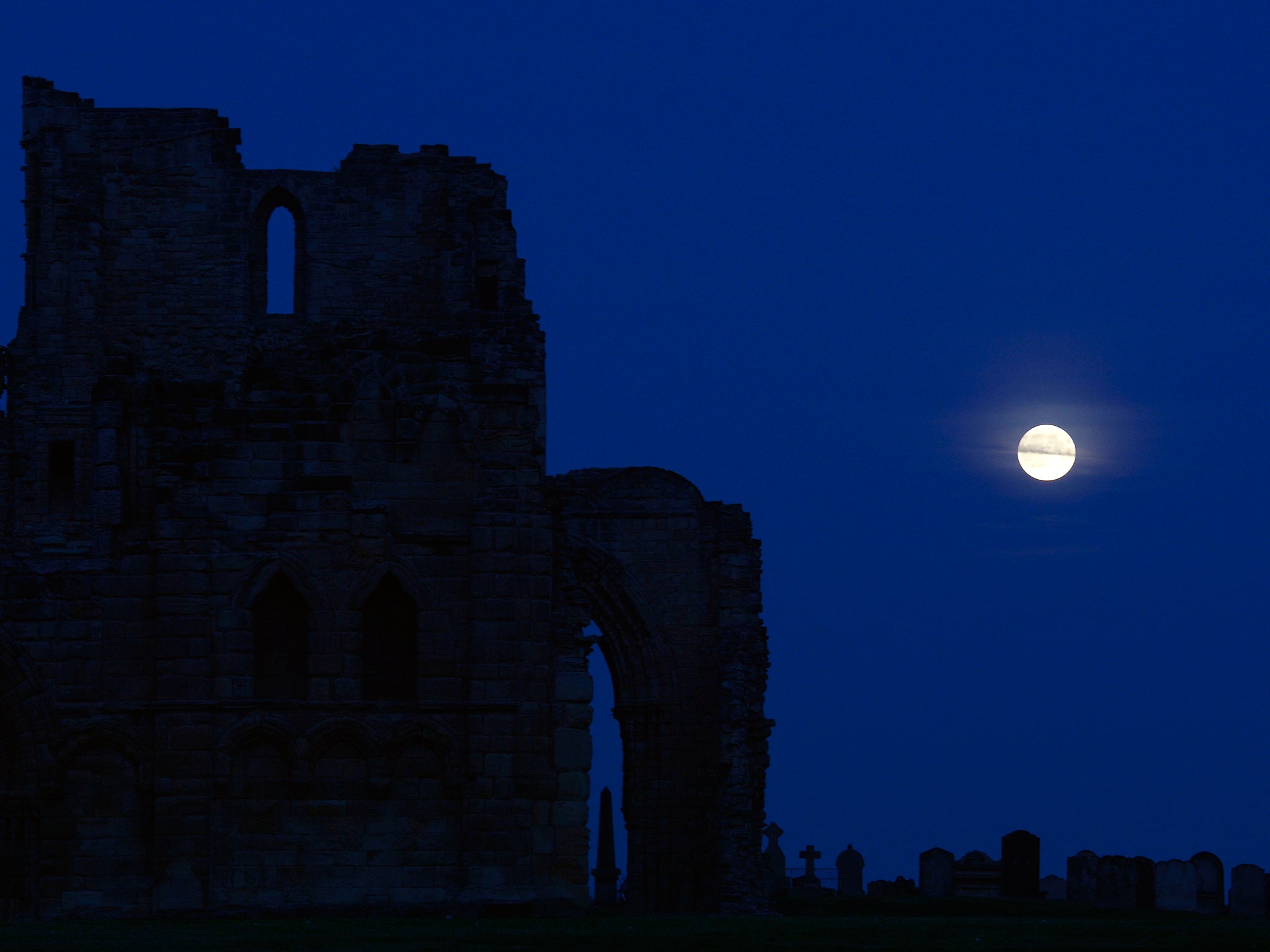Europe and Russia to send lander to dark side of the moon to check whether they should build a base there
The first probe will set off in 2020 — and a human mission could launch after that

Europe and Russia will team up to send a spacecraft to an unexplored part of the dark side of the moon — which will try and find out whether humans might be able to live there.
The craft will fly to the moon’s south pole and look for signs of water, as well as raw materials that could be used to create necessary materials for life on the planet, like fuel and water. If those are found by the lander, the two agencies could begin a plan to return to the moon, potentially building habitats there.
The Russian space agency Roscosmos is planning a number of missions to return to the moon, according to the BBC, which has seen exclusive details of the mission. That will see it restart its exploration programme, which was stopped by the Soviet Union in the 1970s.
"We have to go to the Moon,” Professor Igor Mitrofanov, one of the Moscow-based Space Research Institute’s lead scientists told BBC News. “The 21st Century will be the century when it will be the permanent outpost of human civilisation, and our country has to participate in this process.”
The mission, known as Luna 27, was initially announced by Russia’s space agency Roscosmos in November. But the European Space Agency (ESA) is also joining the mission, providing important technology that will help explore the moon.
The ESA and its partners will provide a “Pilot” system, which uses cameras and lasers to allow the lander to navigate as it approaches the moon, and to decide whether a landing area is safe. It will also build a drill that will bury down beneath the surface and extract samples.
Those samples are likely to show whether there are important resources like those needed to create water, oxygen and fuel beneath the surface. If they are found, then those materials could be used by future astronauts to power their missions to the planet.
"The south pole of the Moon is unlike anywhere we have been before," James Carpenter, ESA’s lead scientist on the project, told the BBC.
"The environment is completely different, and due to the extreme cold there you could find large amounts of water-ice and other chemistry which is on the surface, and which we could access and use as rocket fuel or in life-support systems to support future human missions we think will go to these locations."
Join our commenting forum
Join thought-provoking conversations, follow other Independent readers and see their replies
Comments